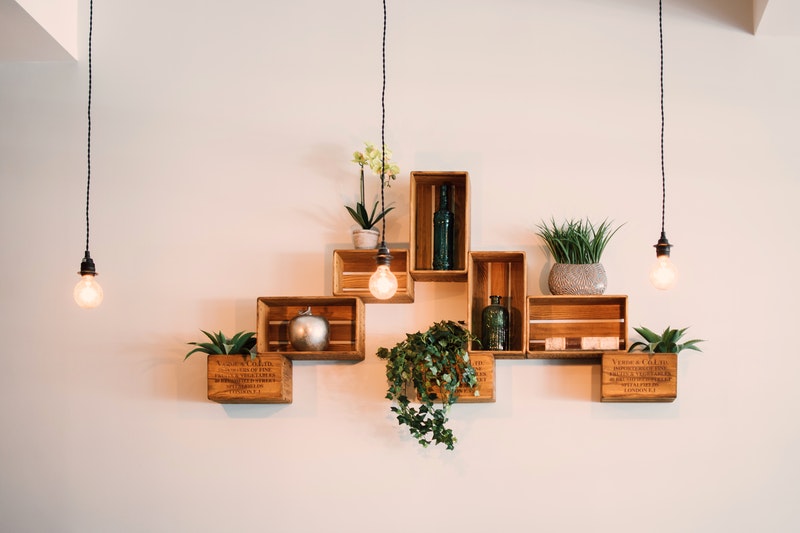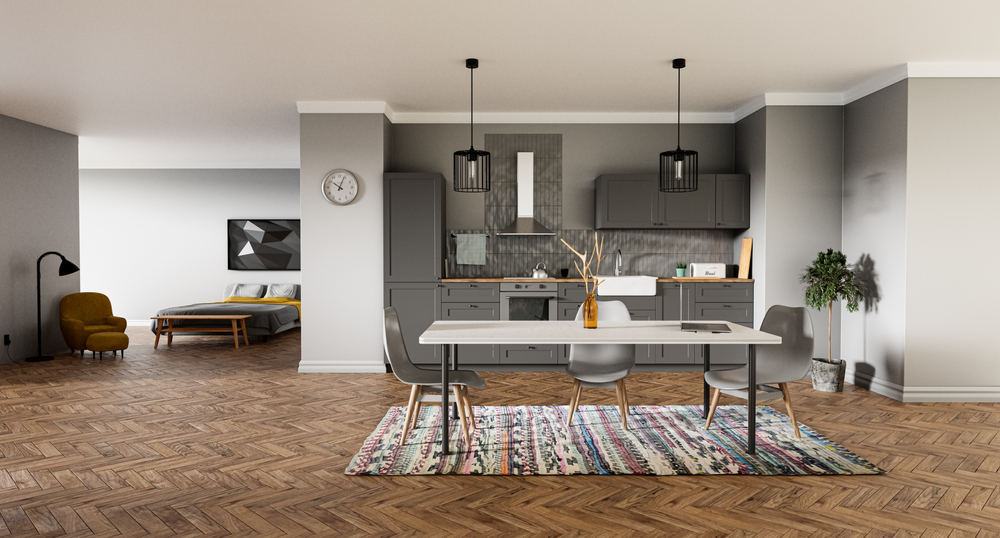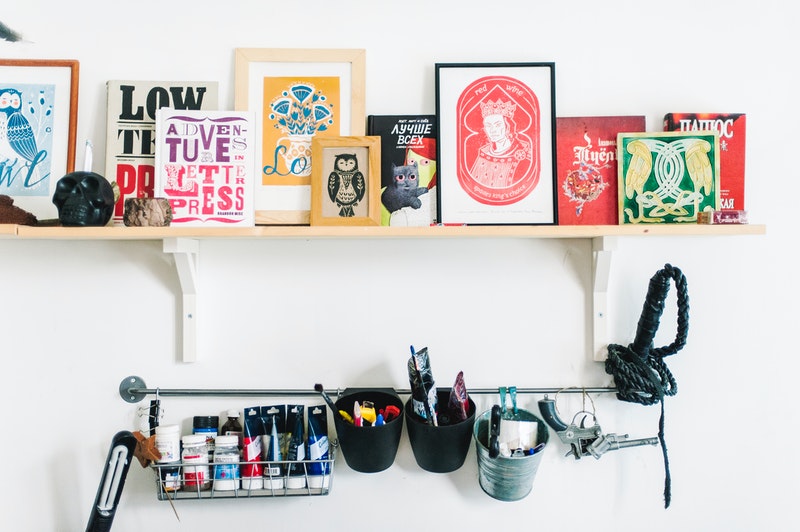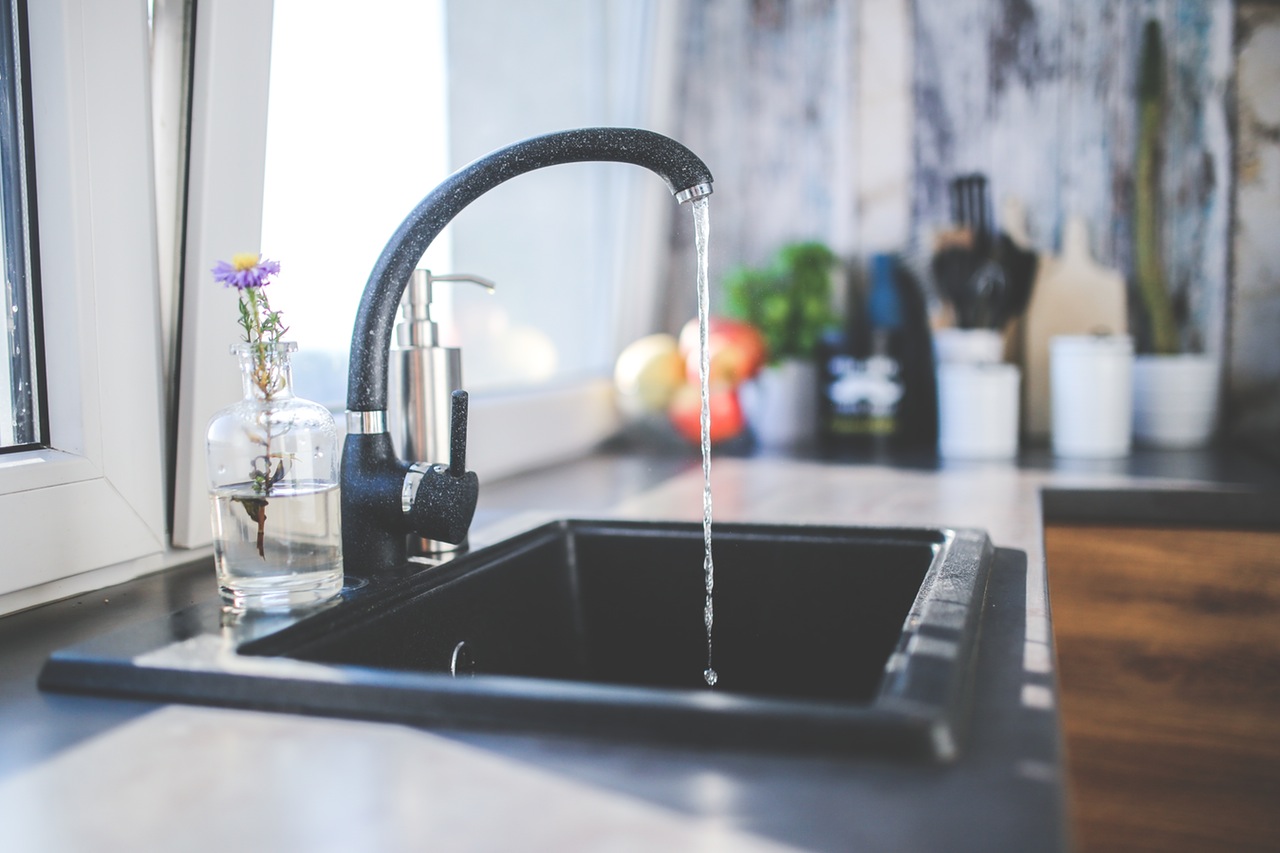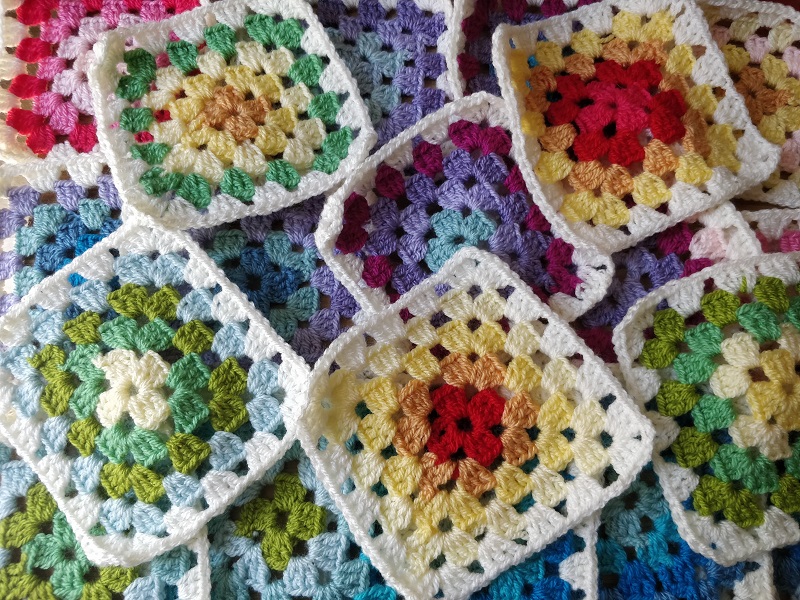5 Natural Materials To Use In Your Home
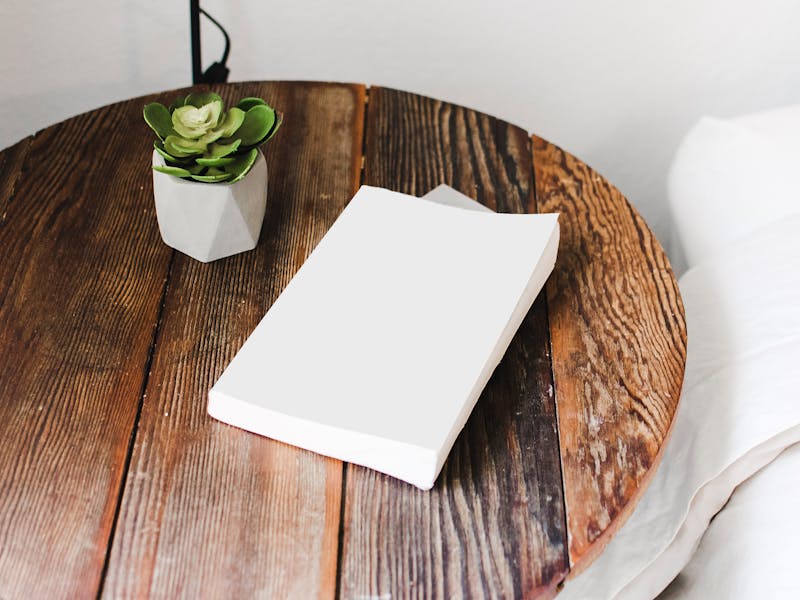
Modern homes are full of synthetic materials. These materials are popular for their versatility, affordability, durability and low maintenance. However, such materials are often not great for the planet and can give your home a sterile feel when used in excess.
Natural materials are often more sustainable and can have a cosy and calming effect that plastic cannot replicate. There are lots of different natural materials you can use within your home. This post explores five popular options and a few of their common (and alternative) uses.
Wood
Wood is probably the most versatile material in our home. It’s durable, breathable, a great insulator and can even help improve indoor air quality. While harvesting timber has led to deforestation in the past, much of today’s wood comes from sustainable forests where each cut down tree is replaced by a new tree. Wood can also be recycled and used for everything from tables to countertops.
While wood can be painted, leaving wood exposed can help to show off its unique grain pattern and natural tone. There are many different types of wood and they can all look quite different – there are light coloured timbers like balsa, reddish woods like red oak and dark woods like walnut. Some woods are also tougher, more lightweight or more moisture resistant than others.
Uses for wood in the home:
- Flooring: Hardwood is a long-lasting flooring option that can boost the value of your home. Sites like The Solid Wood Flooring Company Collection showcase some of different types of wood that can be used for flooring.
- Furniture: Coffee tables, bed frames, dining chairs and sofa frames are all commonly made from wood due to its durability and slight flexibility (which stops it being completely hard like stone or metal).
- Storage: Wood’s durability also makes it great for storage units like cupboards, chests of drawers, wardrobes and shelves.
- Countertops: Wood countertops are easy to maintain and have natural antibacterial properties.
- Roofing: You can also build roofing from timbers like cedar to provide great insulation and a stylish look.
Clay
Clay is a natural mineral found in the earth. Its abundance makes it a very sustainable option. It can also be moulded into any shape. When mixed with sand or other materials, clay can be used to create ceramic – which is durable, heat-retentive, water-proof, mould-resistant and easy to clean.
Different types of ceramic made from clay include porcelain, terracotta, bone china and stoneware. Each type has its own colour and texture. Ceramics can be painted, however you can also leave them exposed to show off their earthy tone.
Uses for clay in the home:
- Pottery: All pottery is made from clay. This can include bowls, plates, vases and jugs.
- Flooring: Floor tiles are commonly made from clay or ceramic. They are a great water-resistant, low-maintenance option for bathrooms and kitchens.
- Wall tiles: Clay and ceramic wall tiles are resistant to mould and easy to clean.
- Bathroom fixtures: Sinks, toilets and bathtubs are commonly made from porcelain – a clay-based ceramic.
- Roofing: Clay roof tiles are fire-proof and a great insulator.
Cotton
While synthetic fabrics have become increasingly popular, cotton remains the most popular fabric. Compared to synthetic fabrics, cotton is known for being breathable, hypoallergenic, absorbent and more odour-resistant. Cotton production does unfortunately have a negative impact on the environment, however it is still more sustainable than synthetic fabrics. There are an increasing number of organic cotton producers, and recycling cotton is also an option.
There are many different types of cotton including Egyptian cotton, corduroy, muslin, flannel, denim and canvas. Each has its own qualities and uses. Cotton comes in four natural colours: green, brown, red and mocha. However, it can be coloured with dyes to make it any colour.
Uses for cotton in the home
- Bedding: Bedsheets, pillowcases, duvets and mattresses are commonly made from cotton due to the material’s breathability and hypoallergenic qualities.
- Upholstery: Cotton is often used for sofas and armchairs for its comfort and temperature regulation.
- Curtains: Curtains made of cotton are easy to care for and can have insulating qualities.
- Towels: Due to being great at absorbing water, most towels are made from cotton.
- Rugs: Cotton makes an ideal hypoallergenic and odour-resistant material for a rug.
Bamboo
Bamboo is a type of grass with qualities resembling wood. It’s incredibly strong, while also being very lightweight. Unlike wood, it’s fire resistant due to its high water and silicate acid content. Although harder to recycle than wood, bamboo is generally considered to be very eco-friendly. Sustainable bamboo plantations can be set up similar to sustainable forests. Bamboo is fast growing, which also allows it to be harvested at a quicker rate than wood.
There are different types of bamboo for different purposes. However, it is not quite as diverse a material as wood. Most bamboo is naturally light golden in colour, but it can be dyed or painted to be any colour.
Uses for bamboo in the home
- Furniture: Bamboo furniture is very durable, while also being light enough to easily move around.
- Storage: Cupboards and chests of drawers can also be made from bamboo and can hold a lot of weight without collapsing.
- Baskets: Bamboo can be weaved into strong weatherproof baskets including hanging baskets for flowers.
- Flooring: Due to being vibration resistant and very strong, bamboo is also an excellent choice for flooring.
- Bedding: Bamboo fibres can be woven to have similar properties to cotton including breathability. Unlike cotton, bamboo is moisture-wicking – making it excellent for those that sweat a lot.
Metal
Metal is a natural material – although you could argue that alloys like steel are synthetic. Known for its durability and ability to be formed into almost any shape, metal has become a popular material in our homes. Manufacturing metal products does have its environmental drawbacks, however most metals are recyclable and can be recycled infinitely (unlike many plastics, which can only be recycled so many times).
Some of the most popular metal elements used around the home include iron, copper, zinc and aluminium. Alloys like steel and brass tend to be even more popular. Metals have different colours from the orange-red of copper to the silvery-grey of iron. Most can have colour added to them to make them appear any colour.
Uses for metal in the home
- Furniture: Tables, chairs and bed frames can be made from metal. It’s a durable and low maintenance solution for furniture.
- Lighting: Lighting fixtures are often made from metal due to their strength.
- Railings: Metal also makes a sturdy material for railings.
- Plumbing: Taps and pipes are often made from metal because it’s a durable material that’s easy to repair. Metal plumbing tends to be more reliable than plastic plumbing.
- Roofing: Metal roofs are long-lasting and fire-proof.
